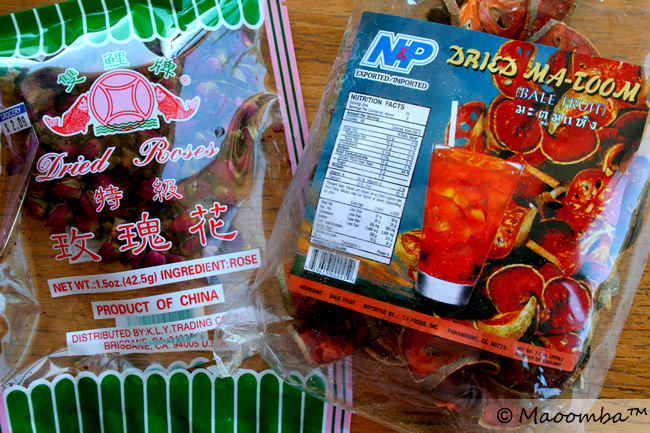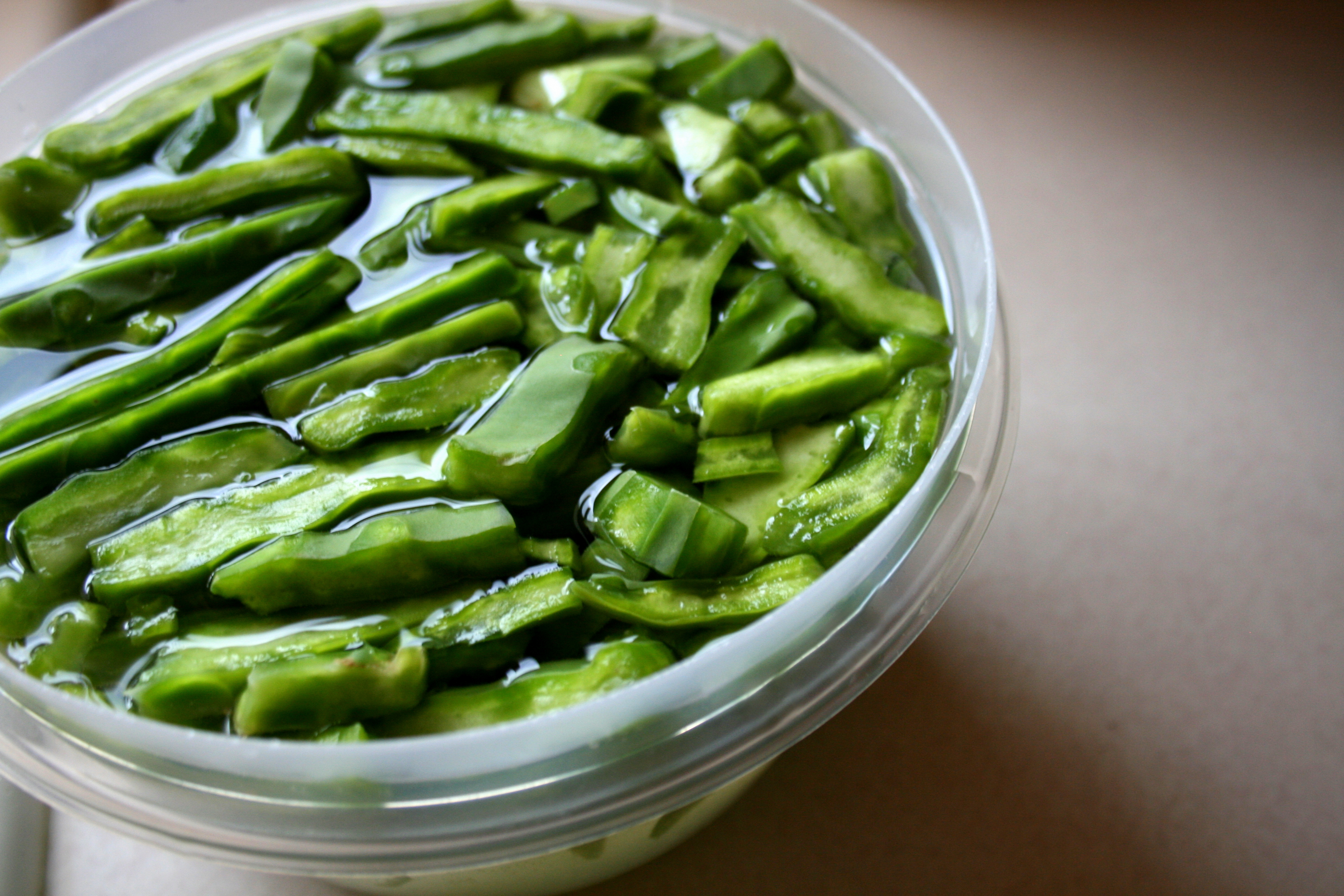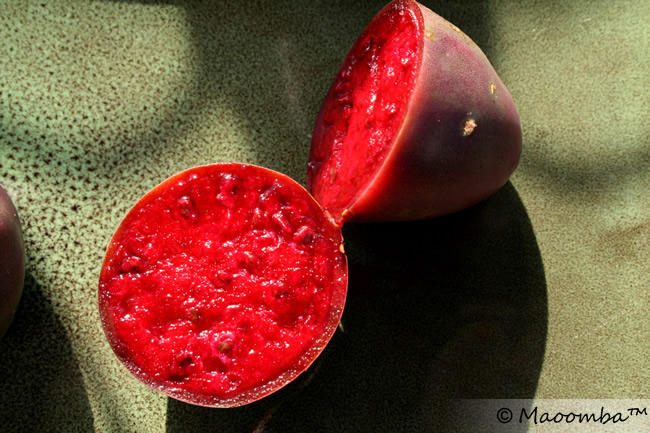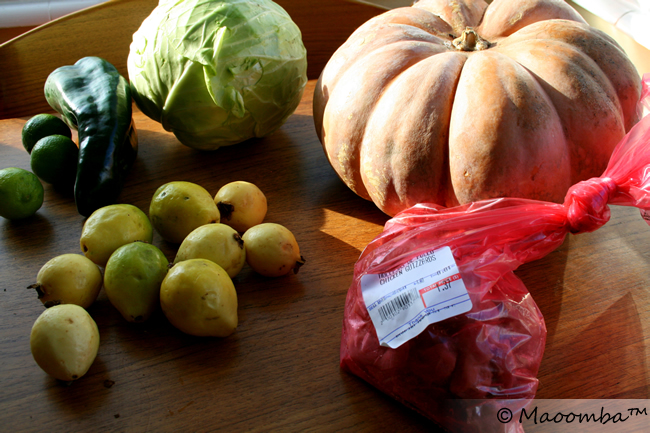The first time I walked into an Indian grocery store, I couldn’t tell coriander from my elbow. It took years of reading, being introduced to ethnic restaurants, and cooking experiments to build up familiarity and confidence with coriander and the multitude of other spices and flavors this world has to offer.
Today, I not only shop for and use foreign food finds with gusto, I teach other people how to do the same. Fortunately for me, I love doing it, and on Saturday, I was joined by 7 other intrepid eaters to explore some of the ethnic food markets in Salt Lake City.
We started off our day sniffing spice jars, sampling dry goods, and drinking a tea made of rose and bael fruit (traditionally roasted and steeped on its own in Thai cuisine) I’d made the night before as a way to show how trying things you’ve never seen before – the bael fruit were a first for me – can be a good thing.

The afternoon was spent traveling from market to market, exploring the aisles and eating fresh dates off the stem, lunching on carnitas and nopal salad, comparing mango ginger and turmeric roots, and slurping in-season lychee fruit from their shells.

Getting comfortable with the unfamiliar can lead to wholly different kinds of eating adventures than simply digging through the fridge for something to eat.
Why and how to shop at ethnic food markets – Tips for getting started
Why someone should shop at an ethnic grocery story is a legitimate question, especially when a lot of spices and ethnic foods are readily available at typical grocery stores these days.
What you won’t find at your local grocery store is the expertise that the shop owners and staff have, a wider variety of food options and flavors- typically at better prices, and the diversity of cultures that stores that focus on foreign cuisine tend to offer. And, it is easy to pick up ingredients that you may already eat, but with better prices and freshness…things like fresh herbs, coconut milk without preservatives, ghee, interesting cuts of meat, and brilliant produce.
It can be daunting at first, but the trick is to go in to a store with an open mind, some time to spare, and a willingness to ask questions and take notes. Store owners are often very helpful and will offer suggestions on ingredients they prefer, what you can do with items from their shops, and interesting flavor combinations.
Sample things in small quantities – get a feel for their tastes and textures and figure out how to use them. If possible, sample them at the store. Some markets will even let you taste the fresh produce as a way to encourage you to buy some. Remember those fresh dates I mentioned? We were offered samples by the owner. Likewise with this cactus fruit.

If this is a totally new experience for you, keep it simple by picking just one or two things that sound interesting – a spice, a fresh herb, an unfamiliar vegetable – and then do some research. The library is filled with tomes on ethnic cuisines, and the internet is a great resource, as well.
If you want to do the research first, figure out commonly used ingredients for a cuisine you’d like to try or a recipe or two that you’d like to cook; seek out those specific ingredients. It will help keep you from over-shopping or buying items that you may not use.
When you get home, you don’t just have to use your newly-found ingredients in ethnic dishes. Introduce new flavors to old standbys – recreate some of your favorite recipes with a new ingredient or two, like adding curry or chile powder and a squeeze of lime juice to tuna salad or using fresh ginger, sesame seeds, and wasabi powder in a scramble of greens, mushrooms, and strip steak. Here is a curried chicken salad example.
Fill your kitchen with spices and the fresh meats, herbs, fruits, and vegetables you find – including some you might not have tried before (Palestinian limes, cactus fruit, durian, guava, whole turmeric root, yucca, nopal, bitter melon, daikon radish, quince, etc.). When you raid the fridge next time, you’ll have fresh, interesting ingredients to help you break out of your cooking rut.

Oh, and keep in mind that plastic degrades. If you buy bulk spices, rice, dried fruits, seeds and nuts in plastic bags, be sure to transfer them to air-tight glass containers as soon as you get home to help maintain their freshness. I like to cut the labels off of the bags and tape them to the storage jars so I remember what I bought.